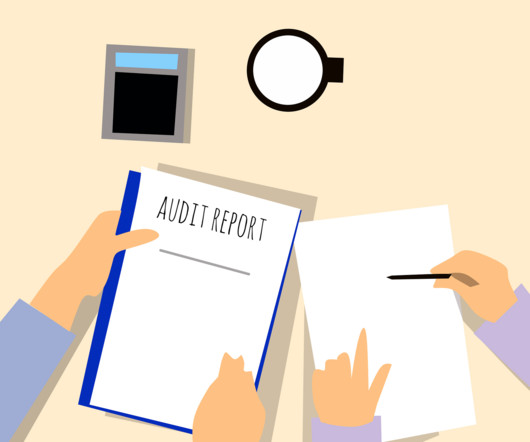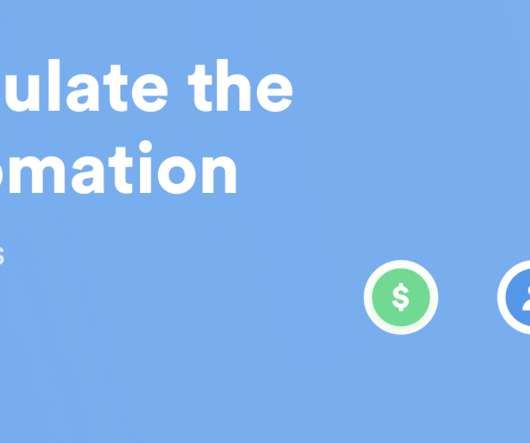How to reduce labor costs in a restaurant
Homebase
JUNE 15, 2023
And as minimum wage creeps higher and higher, it has us wondering: how to reduce labor costs in a restaurant. Let’s learn how to calculate and how to reduce labor cost in a restaurant, the factors that may be contributing to increased labor costs—like time theft and unnecessary overtime—and the tools you can use to keep them in check.
































Let's personalize your content